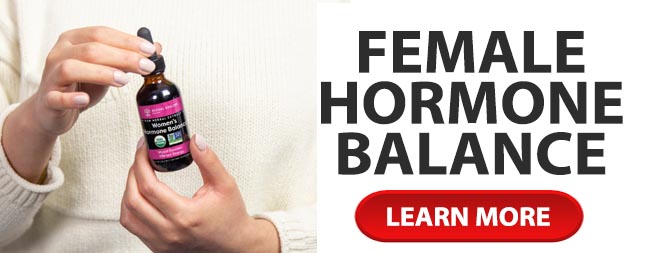Fibrocystic breast changes referred to a benign, or noncancerous, change in the tissue of the breast. Some physicians refer to this as fibrocystic breast disease, but the term \”disease\” is actually misleading and a misnomer. At this point in history the condition is so common that some physicians believe it is a variation of normal. Another medical term for this condition is cystic mastitis. Many women find that the symptoms are more prominent during ovulation and just before menstruation. This indicates that the condition is driven by hormonal changes within the body. (1)
During these times of hormonal change the breast swell and retained fluid. Nodules filled with fluid can develop and spread throughout the breast tissue. These feel like lumps when they are felt. At this time physicians do not believe that fibrocystic breast changes will increase the risk of developing breast cancer.
Signs and symptoms of fibrocystic breast changes, which often increase just before menstruation, are dense lumpy breast tissue with pain and tenderness that is generalized and may radiate under the arm. Women often report that their breasts feel full and possible discharge. While these changes do not increase the risk of developing breast cancer they do make self examination more challenging. It is very important to become familiar with how they normally feel at different times of the month in order to notice any changes which may occur.
Breast self-examinations should be scheduled for the week after your period ends, when your normal hormonal fluctuations decrease. Because fibrocystic breast changes are driven by hormonal changes, during this time the tissue should be less lumpy and tender. (2)
You should consult with your primary care physician or gynecologist if you have severe or persistent pain that is concentrated in one area of one breast and that doesn\’t fluctuate with your menstrual cycle. Any time you find a new lump or other change that follows your menstrual cycle you should also consult with your primary care physician.
The causes or triggers for fibrocystic breast changes are not known, but researchers have found that certain foods may increase the pain and tenderness associated with this condition. Although caffeine does not directly cause the cysts to grow, it can cause fluctuations in hormone levels which also lead to further growth of fibrocystic changes. Many women will report that by reducing or eliminating caffeine from their diet it tends to relieve their pain but further studies evaluating the effectiveness of this technique have had mixed results. (3)
Fibrocystic breast conditions primarily affect women ages 30 and older. Researchers believe that it results from a cumulative process of monthly hormonal cycles and accumulation of fluid and debris within the breast. After menopause this condition usually becomes less symptomatic. The condition always affects both breasts symmetrically, however a woman can have more involvement in one breast over the other.
A common indicator of fibrocystic breast changes is pain or discomfort. The symptoms can be persistent, intermittent or apparent only during the onset of the menstrual period. The primary way in which your physician will diagnose the condition is through physical examination and specialized ultrasound exams.
If you believe that you may have fibrocystic breast changes it is important to maintain a regular schedule for breast examinations and have your condition confirmed by your gynecologist or primary care physician.
(1) US National Library of Medicine: Fibrocystic Breast Disease
http://www.ncbi.nlm.nih.gov/pubmedhealth/PMH0001910/
(2) University of Illinois McKinley Health Center: Breast Health
http://www.mckinley.illinois.edu/handouts/breast_health/breast_health.html
(3) University of Maryland Medical Center: Fibrocystic Breast Changes
http://www.umm.edu/ency/article/000912.htm

